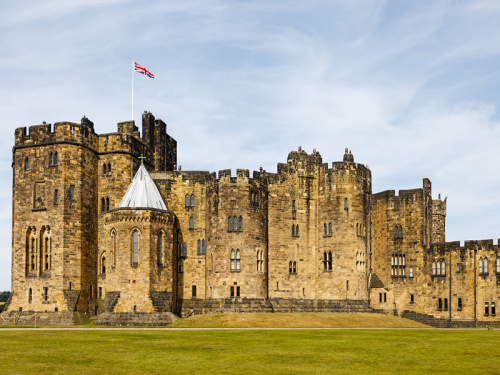Six Stunning Autumn Walks
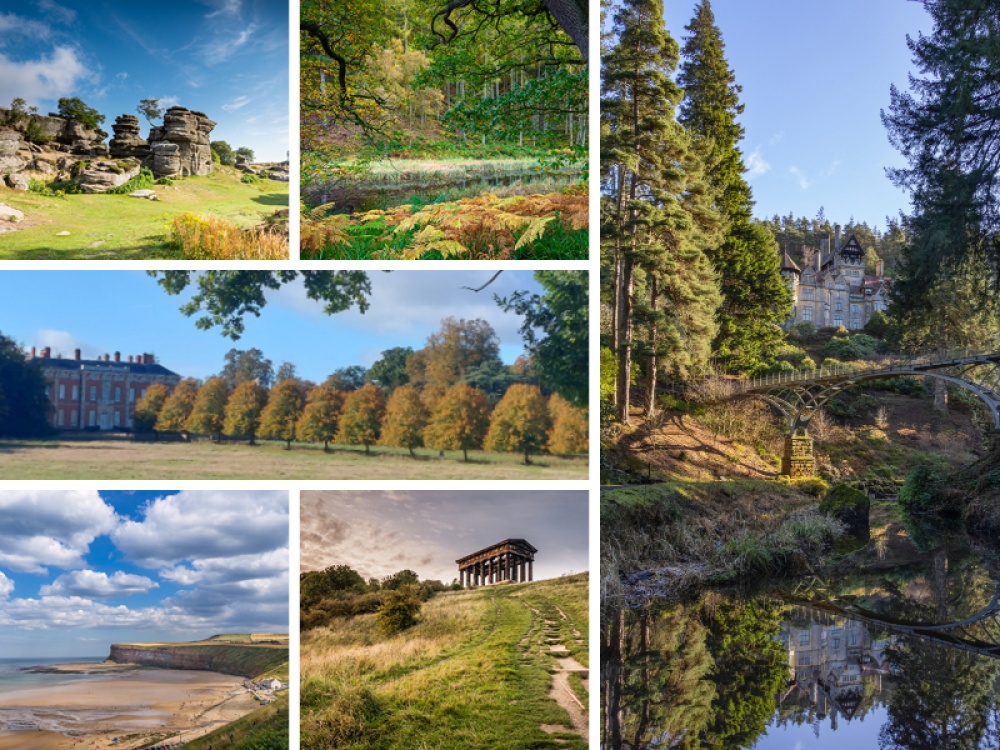
Six great walks to try this autumn
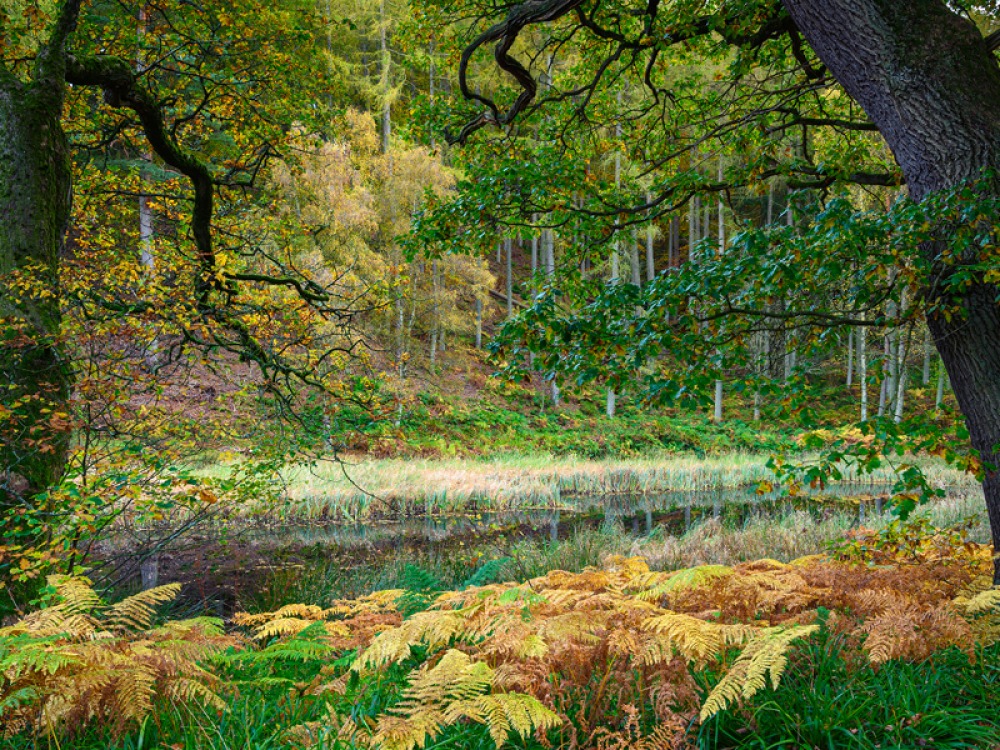
Allen Banks and Morralee Tarn
Starting in Allen Banks car park, this trail will take you through ancient woodland up to Morralee Tarn, the original Victorian boating lake inspired by Susan Davidson, who owned Allen Banks in the 1800s. Her work to improve the area can still be seen in the network of paths criss-crossing the hillside and the site of her summerhouses, built for guests to enjoy their uniquely beautiful surroundings. It can be muddy, especially alongside the river, but it is a prime spot for bird watching, and as you enter the woods keep an eye out for red squirrels. Once at the top of the hill carry on down the track and you will reach the tarn, originally designed as a boating lake and now home to lots of different wildlife. Keep the tarn on your right as you head down the hill and follow the track, turning left in front of the kissing gate to rejoin your original route.
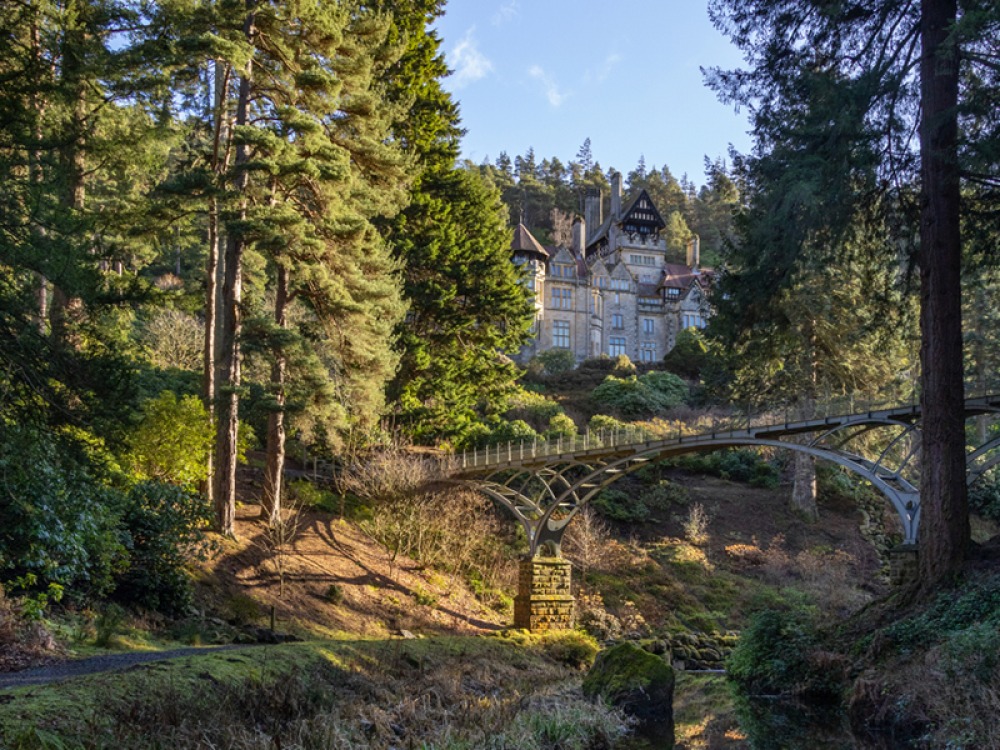
Cragside Gun Walk
Named after the Armstrong’s gamekeepers, this walk takes you along craggy paths and between impressive rock formations. It is fairly challenging and the route takes roughly two hours but there’s plenty to see along the way – do take the time to wonder at the gardens and grounds, all designed and crafted by Lord Armstrong. Starting at the front of the famous house, head along the Carriage Drive until you see a signpost for Cragend to your left. Climb the steps and follow the path, which is lined with towering crags as it climbs steeply, and once at the top turn right down the rocky slope to Cragend Quarry which was mined for sandstone and where the blast marks are still visible in the sheer rock face. Follow the signs for Viewpoint and then for the Lakes, and South Lake in particular, until the path joins the Estate Drive. Turn left and continue on to Trim Trail 1. Follow the signs for Trim Trail until you see a stone signpost for the House. Head down the stone steps but do stop and take in the view of the timber bridge spanning the rock with the Coquet Valley laid out in front of you. The steps lead you to the Slipper Lake and then back to your starting point at the house.

The Lambton Worm Walk
A great walk for the family, this easy two-and-a-half-mile circular walk takes around an hour and a half but kids will love learning the legend of the Lambton Worm, the fearsome dragon, as they climb up to the famous Penshaw Monument and back down the other side. Start at the bottom of Penshaw Hill and look to your left where you can see the top of Lambton Castle. Legend has it that the young John Lambton decided to miss church one Sunday and go fishing in the River Wear instead. Pretty unsuccessful, he was about to give up when he got a bite, but all that was on the end of his line was a worm. He wanted to throw it back, but as the story goes, an old man appeared and warned him not to throw it back or he’d suffer a terrible fate. Scared, John set off for home but passed a well where he threw the worm in. The worm got bigger and bigger with ‘great big teeth, a great big gob, and great big googly eyes’ until it had to leave the well and live in the river. Soon lambs, calves and even small children went missing and the locals blamed the worm – even the bravest men sent to kill it were eaten by the Lambton Worm. John, who was now a brave knight fighting overseas, heard of the terrible worm, hurried home and killed it, but not before it had become so big it could wrap itself around the hill 10 times or more, and the ‘marks’ can still be seen today.
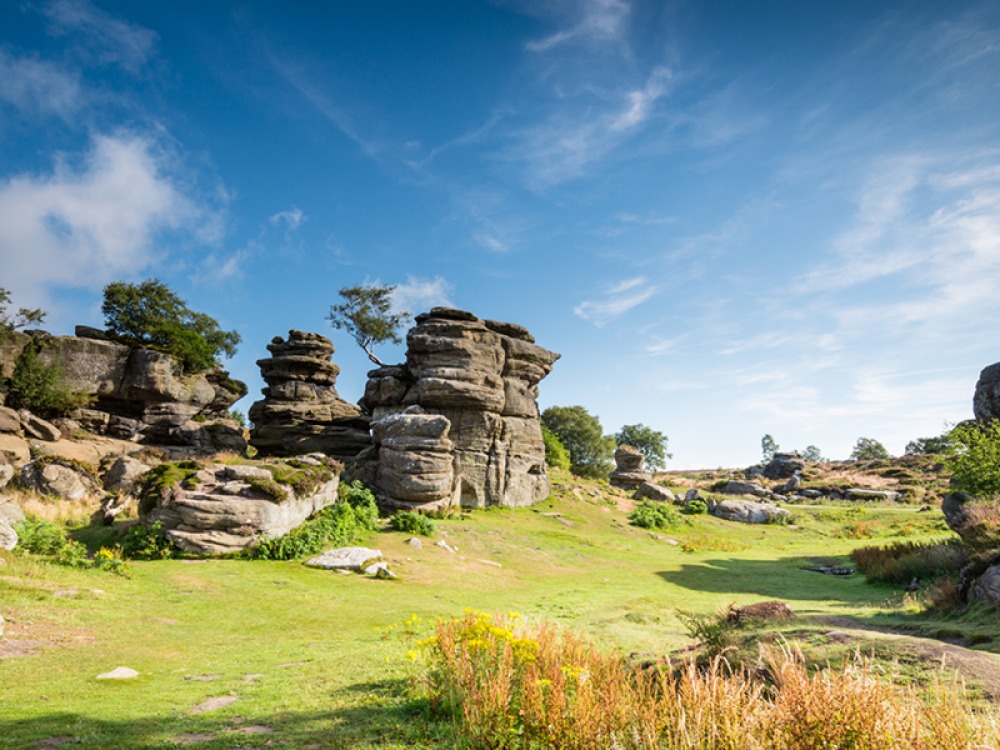
Brimham Rocks to Fountains Abbey
This four-hour walk is over seven miles but there are lots of stunning views along the way and there is an option to take a small shortcut at Riva Hill so it is worth getting a map out before you set off. Starting at the atmospheric Brimham Rocks, this centuries-old trail follows in the footsteps of Cistercian monks. From the car park turn down the track to Druid Cave farm, then take the path to the left and follow the footpath signed Nidderdale Way until you reach a stile. Climb over and carry on past Riva Hill Farm. Where the road forks take the left track for the shorter route, or head right and follow the course of the medieval Monk’s Wall. The trail then twists and turns taking you to the bottom of the valley at Butterton Bridge. Once over the bridge, take the steps up into the woodland ahead to the track and turn left, heading across the field to Lacon Cross. Then head the down hill past Lacon Hall to the Sawley Arms. From here the footpath heads down into the valley and you can cross the River Shell by a footbridge, then turn right to follow the track until you arrive at the historic Fountains Abbey West Gate.

Saltburn to Warsett
This circular coastal walk takes in some fascinating scenery, with historic remnants of our industrial past still obvious along the four-mile route. You’ll start in the seaside town of Saltburn, climbing the steps up from the seafront to the Cleveland Way. As you follow the path to the Guibal Fanhouse keep an eye out for the many seabirds diving for fish below, and if you are lucky dolphins too. The concrete fanhouse is a feat of engineering and a monument to our industrial past – when working, its huge fan pulled stale air from the mine below to make working conditions much safer. Once past, turn right, go over the stile and across the field, and you are turning back and inland now to cross the railway up to the summit of Warsett Hill with its panoramic views out to sea. Your path home then takes you down Warsett Hill and back across a loop of railway line and straight on back to Saltburn, where the Victorian pier and tramway are a must-see.
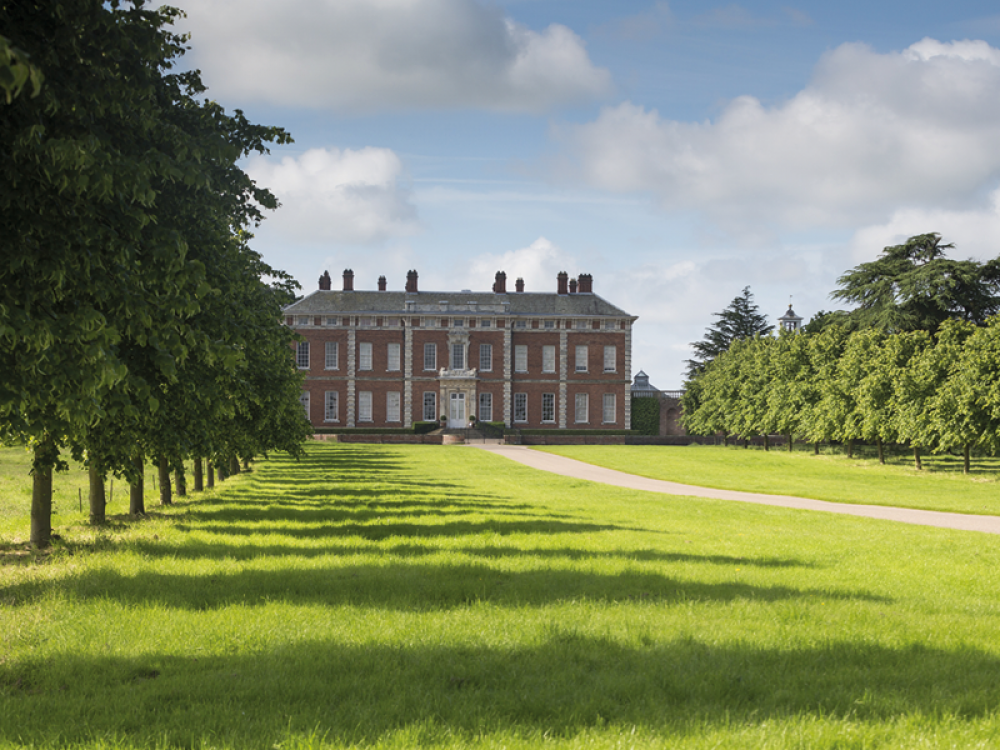
Beningbrough river and woodland
This relatively easy circular walk is just over three miles and follows the River Ouse for part of its route. Start in Beningbrough Hall’s car park, follow the path towards Home Farm and then turn right onto the road until you reach the woods on your right. Go through the gate and into the woods, and head down the hill to the gates at the bottom where you’ll pick up the river. Turn right to stay on the circular route and follow the river, keeping an eye out for all the wildlife along the way. You’ll pass a small sandy area where the Rivers Nidd and Ouse join, and if you look back you’ll see great view of the hall itself. Carry on past the Victorian water tower which fed the hall, and the skating pond, and take the right fork towards Newton Village until you reach Newton Lodge, where you should head into the woodland and follow the path through the trees, emerging at the edge of a field. Stay on the path passing the pond and picnic area until you see the signs to Home Farm and your starting point. The stunning hall, gallery and remodelled gardens are well worth a visit while you are here.








